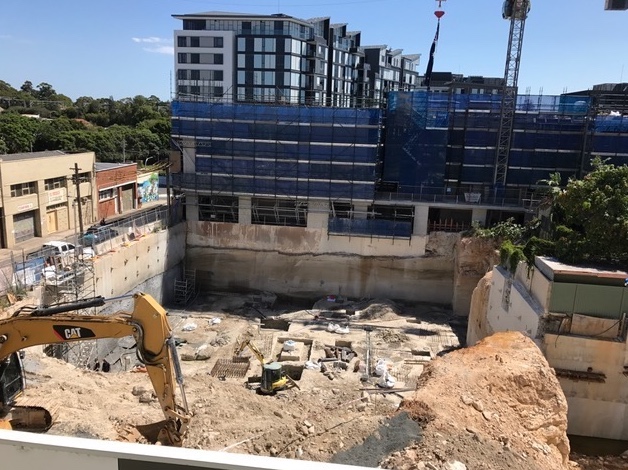There’s ‘evidence-based policy’, and there’s ‘sports-metaphor-based policy’. New South Wales is the latest Australian jurisdiction to adopt ‘three strikes’ and ‘one strike’ policies for evicting social housing tenants on grounds of criminal offending and anti-social behaviour.
The New South Wales approach is, however, different: whereas in other States ‘strikes’ policies apply to social housing landlords and guide their decisions about taking termination proceedings against tenants, in New South Wales ‘one strike’ and ‘three strikes’ are now part of the Residential Tenancies Act 2010, and the provisions operate to restrict what the NSW Civil and Administrative Tribunal can consider, and what decisions it can make, when it deals with social housing termination proceedings.
In a recent article for Alternative Law Journal, I reviewed the legislation and previous Tribunal decisions to see who may be affected.
The ‘three strikes’ provisions allow social housing landlords to give a ‘strike notice’ where they consider a tenant to be in breach of their tenancy agreement. After a third strike notice, in any termination proceedings the Tribunal must regard the matters stated in the strike notices as proven – it is not allowed to hear evidence from the tenant that contradicts the strike notices. There is an exception to this where the tenant makes a written objection within 21 days of the strike notice; in these circumstances, the Tribunal can hear the tenant’s evidence, but the onus of proof is on the tenant to disprove the matters in the strike notice.
This means that the crucial factor in the operation of the ‘three strikes’ provisions is whether a tenant has the ability to write a timely submission. This is a strange and unfair point for proceedings to turn on; the Tribunal should be able to hear all the evidence, regardless of the tenant’s literacy.
The ‘one strike’ provisions work differently: they restrict the Tribunal’s ability to decline to make termination orders where the tenant – or another person on the premises – is found to have engaged in certain sorts of misconduct, such as using the premises for an illegal purpose, or causing an injury to a neighbour, or harassing a housing officer. The ‘one strike’ provisions are complex, with the restriction applying with different degrees of severity in different circumstances; also, because of a late amendment to the provisions, the restriction does not apply in cases involving children, people with disability, and persons protected by apprehended violence orders.
To see the types of cases in which the ‘one strike’ provisions can be expected to make a difference on the outcome, I looked back over 88 prior Tribunal decisions. In 65 of them, there was evidence of at least one of those exclusion factors (children, disability or AVOs), so ‘one strike’ would not have applied to them. Of the remaining 23 cases, four involved the Tribunal refusing to terminate the tenancy because it thought it would be unfair to do so in the circumstances. It is in cases like these that ‘one strike’ would make a difference.
The four cases are similar: all of them involve a female tenant and misconduct by some other person. In one case it’s a drug offence by the tenant’s spouse; in two cases, a drug offence by an adult child; in the fourth, it’s possession of stolen goods by the tenant’s teenaged children. In all cases there was no charge against the tenant.
The ‘one strike’ provisions restrict the Tribunal from doing justice according to the circumstances of the case. More generally, the review of the cases raises troubling questions about the way in which tenancy law makes tenants – particularly female tenants – liable for the misconduct of family members and other persons, with harsh consequences: the loss of a family’s home.
City Futures is commencing further research in this area. Our research project, ‘Family impacts of social housing legal responses to occupier misconduct‘, will investigate the use of termination proceedings by social housing landlords in four Australian jurisdictions, and consider whether laws, policies and practices appropriately deal with women and children, Indigenous families, and families with drug and alcohol problems. The project is part of the ‘Inquiry into Integrated Housing Assistance for Vulnerable Families’ commissioned by AHURI and conducted by researchers from the Social Policy Research Centre, City Futures Research Centre and the Faculty of Law (UNSW) and the University of Tasmania. Watch the blog for updates on the research.









